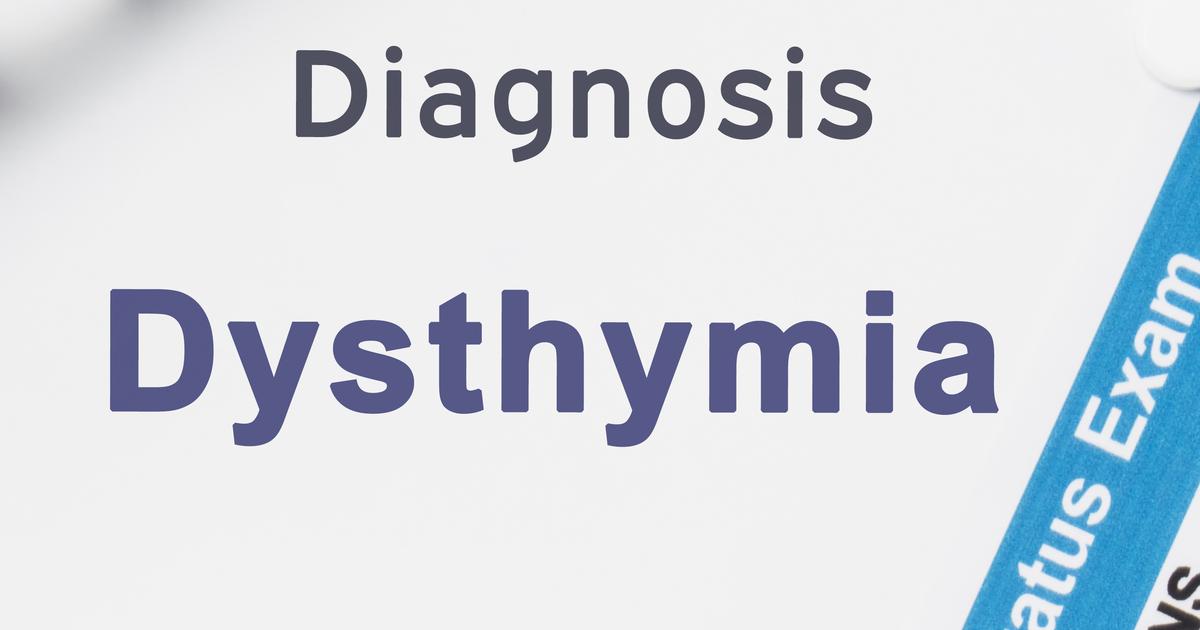Unseen Faces of Depression: Your Ultimate Guide to the Many Shades of Blue
Sadness is part of being human—but depression is something deeper, heavier, and far more complex. It doesn’t always look like tears or isolation. Sometimes it shows up as anger, fatigue, overachievement, or even a forced smile. That’s the challenge: depression wears many masks. And recognizing it—especially in yourself or someone you love—requires more than a checklist. That’s why we’ve expanded our guide to 20 Unseen Faces of Depression: Your Ultimate Guide to the Many Shades of Blue. This isn’t just about clinical terms—it’s about real-life signals that often go unnoticed or misread. From high-functioning depression to seasonal shifts, hormonal triggers, and hidden emotional numbing, this guide explores the diverse ways depression manifests. Understanding the nuances can help you seek the right support—or offer it. Because healing starts with being seen. And the more we name these unseen faces, the closer we get to breaking stigma, reclaiming clarity, and finding the light beyond the blue.
1. Major Depression

Major depression, also called major depressive disorder, is one of the most common types of depression, and it's also one of the easiest to recognize. If individuals feel sad and depressed for most of the day during most days of the week, they may be suffering from major depression. To get a diagnosis, patients must have been experiencing the feelings and symptoms for at least two weeks. In addition to feeling sad, patients might experience a loss of pleasure or interest in their hobbies. They may be fatigued during the day, but have trouble getting to sleep at night. Their appetite may be affected, which may cause them to lose or gain weight. It might be difficult to concentrate, and their thoughts might feel slower than usual. Affected individuals might experience feelings of guilt or worthlessness, as well as agitation and restlessness. It may be difficult for them to make decisions or concentrate. Some individuals also experience thoughts of suicide, which are very serious symptoms that should be brought up to a doctor.
2. Dysthymia

Dysthymia, also commonly known as dysthymic disorder, is a depressive mood disturbance that can occur in adults. To receive a diagnosis of dysthymia, an individual must have been experiencing low mood or other depression symptoms for a minimum of two years. Unlike major depression, dysthymia may not present as sadness all the time. It tends to involve an ongoing disturbance of mood that presents as persistent sadness or lethargy. The general population of the United States has a fairly large occurrence of the disorder, with about seven percent of adults in the population meeting the diagnostic criteria. The exact cause of dysthymia isn't currently known, though researchers believe there is a genetic component. This means if individuals have family members with major depression or dysthymia, they're more likely to develop the condition themselves. The condition can then be aggravated by the presence of different social stresses like dissatisfaction in work, relationships, social life, or hobbies.
